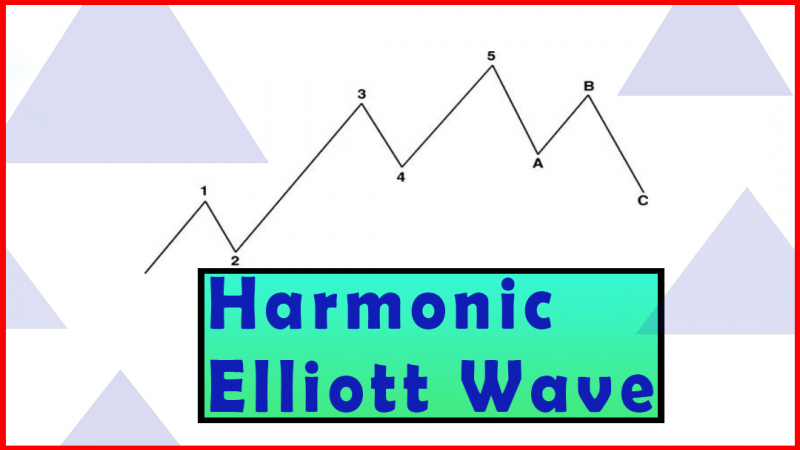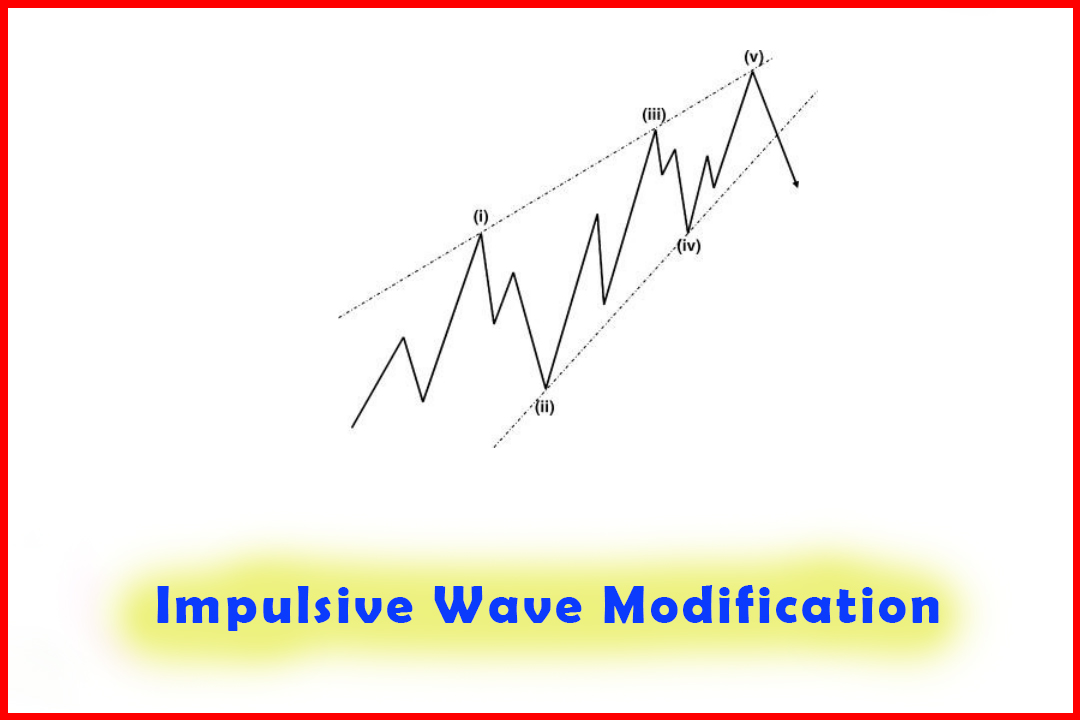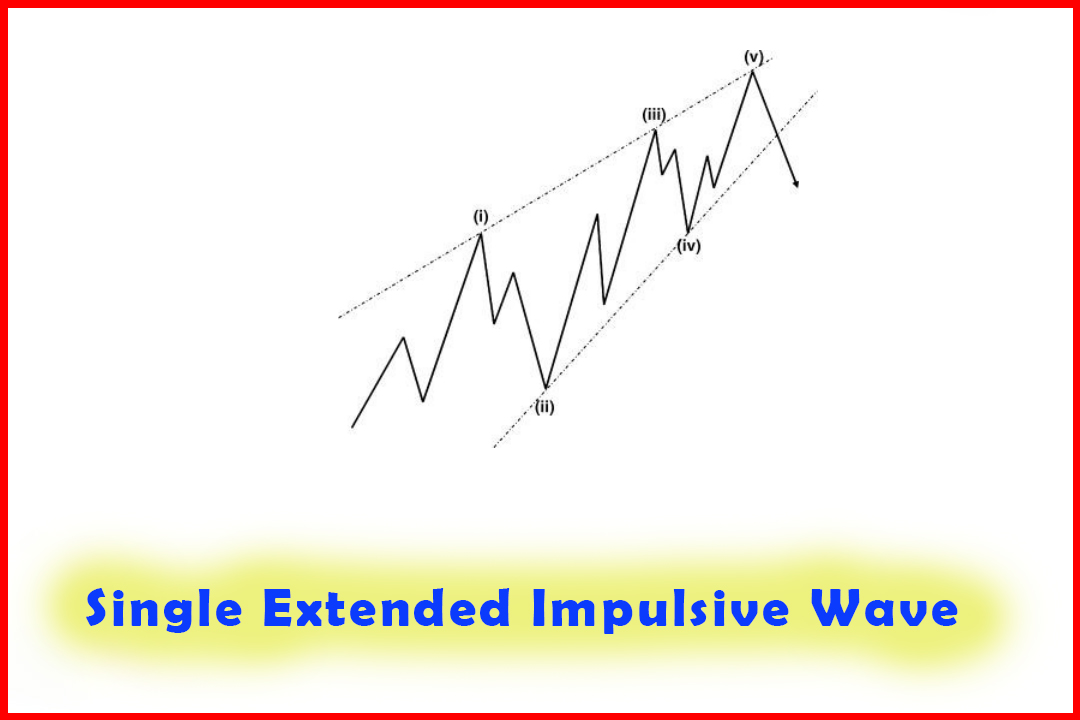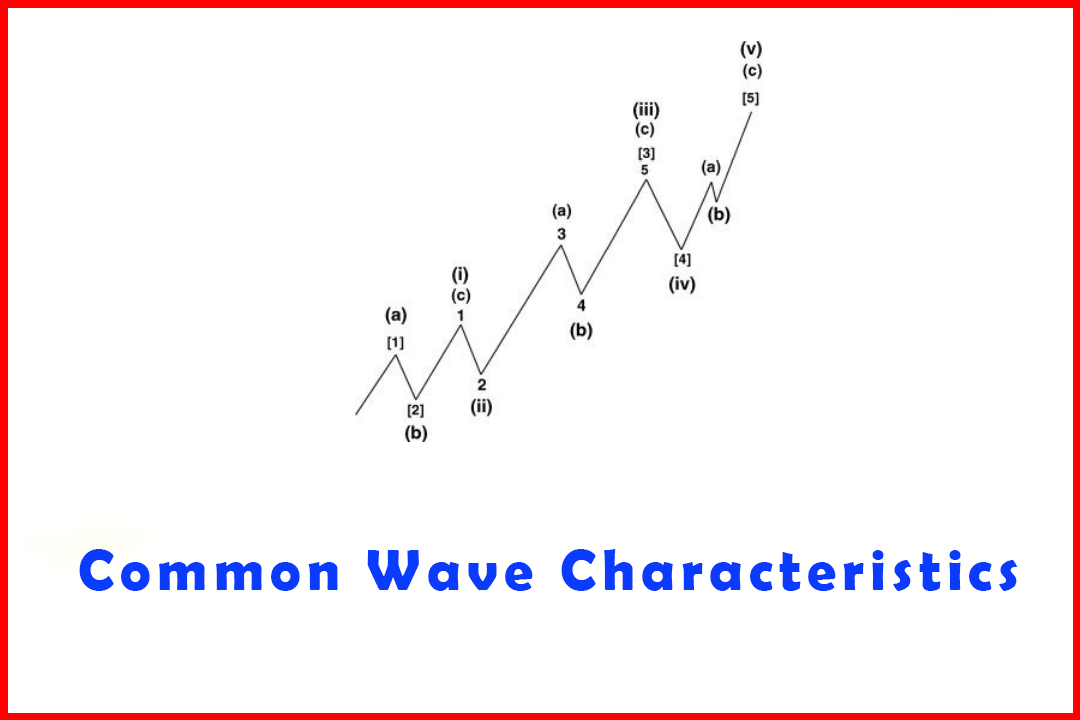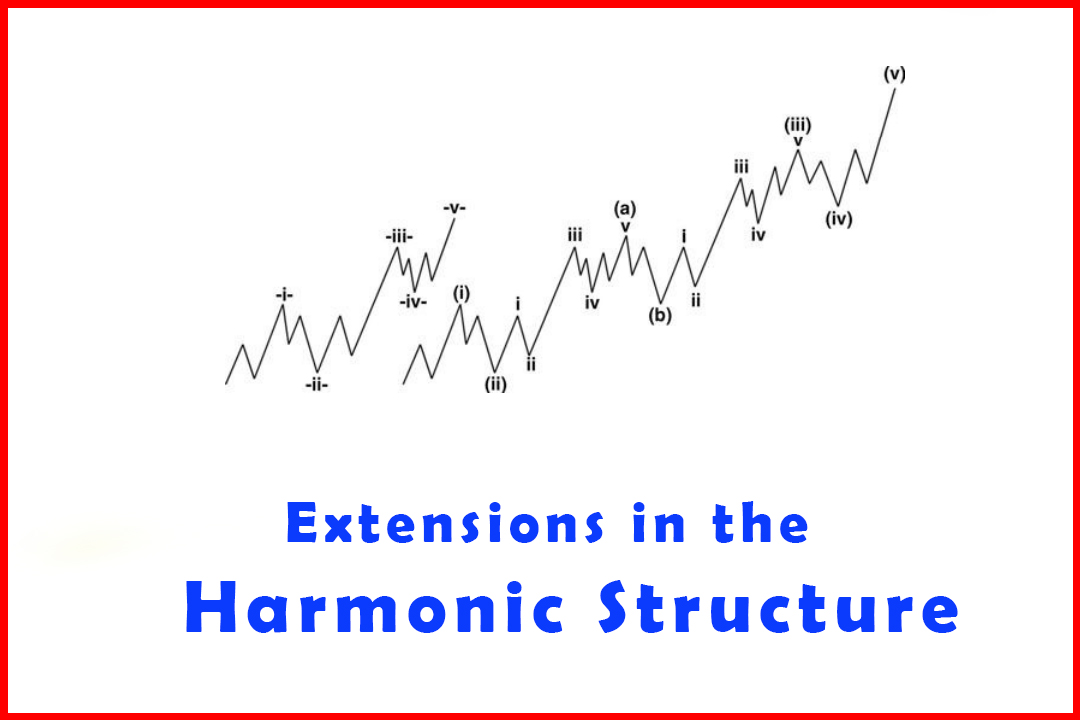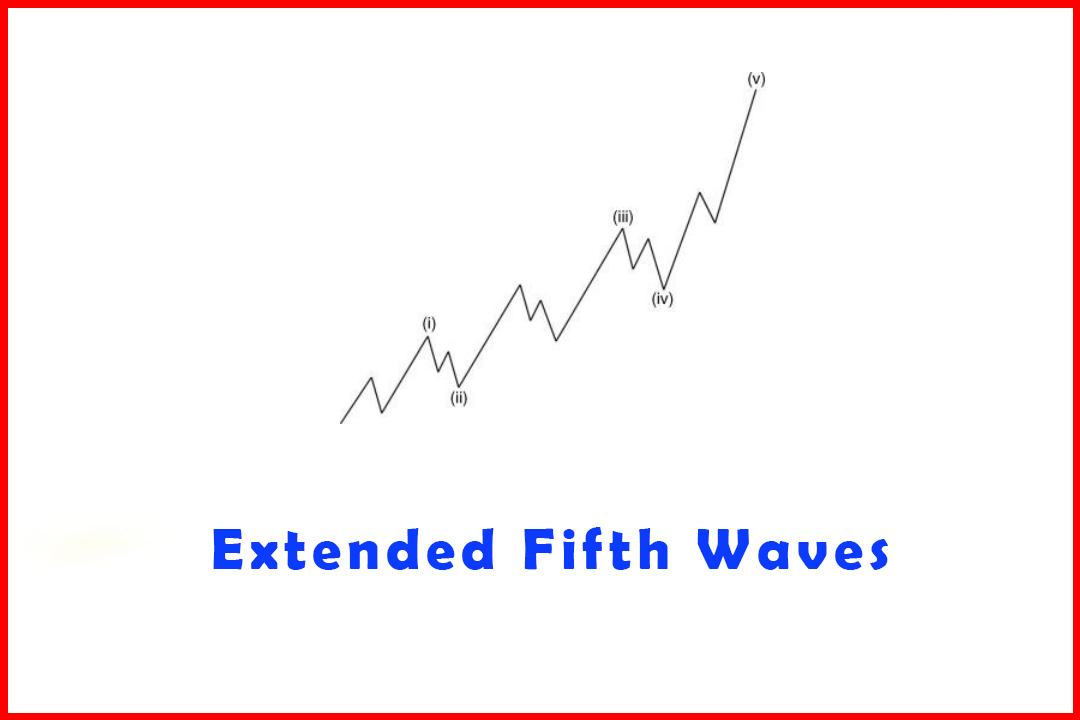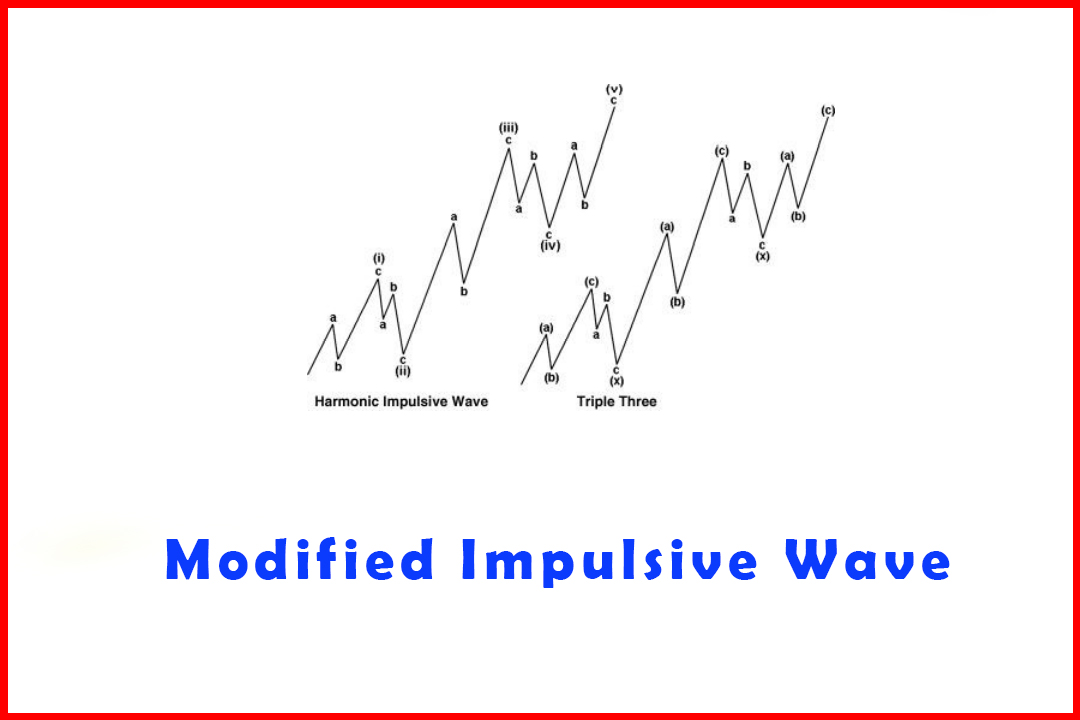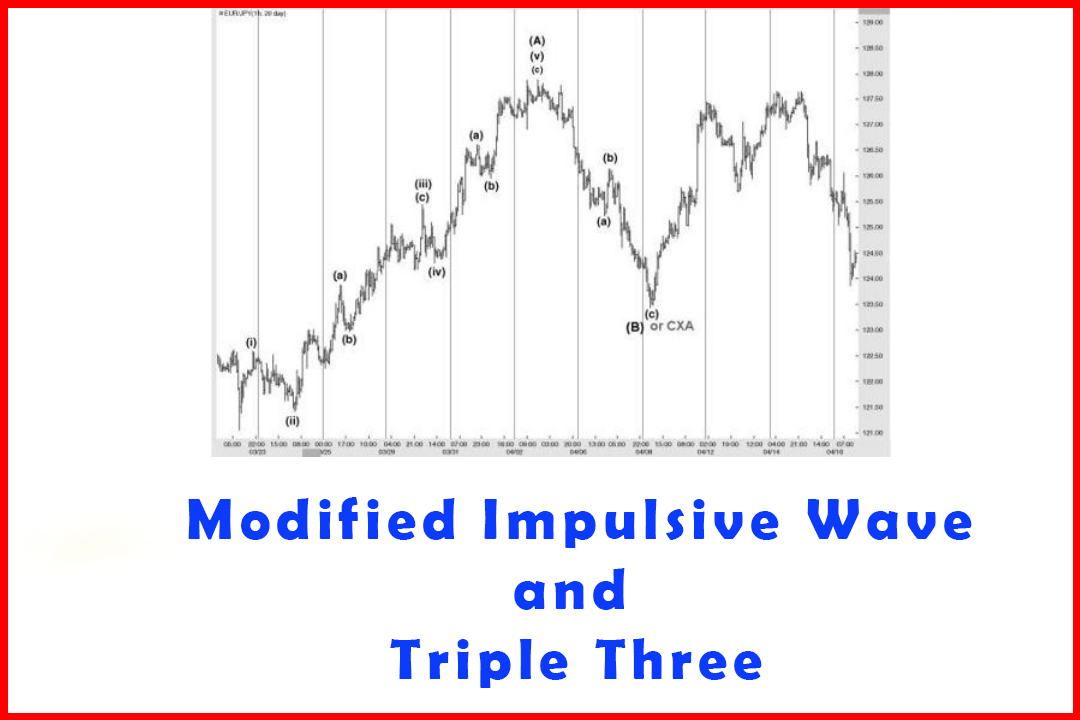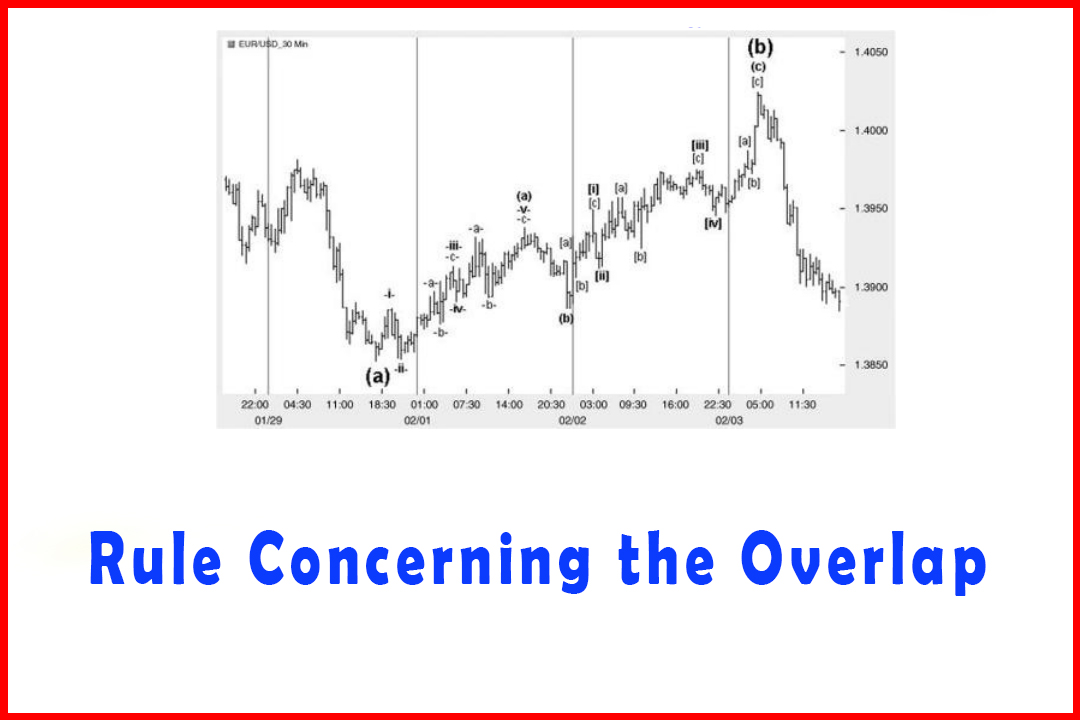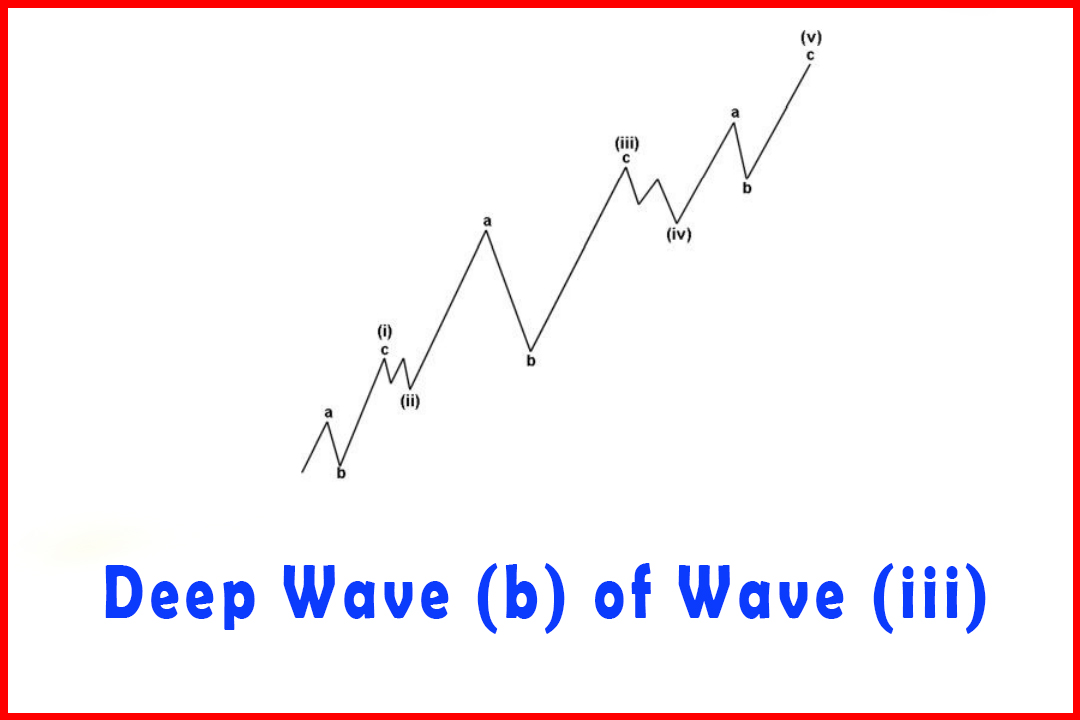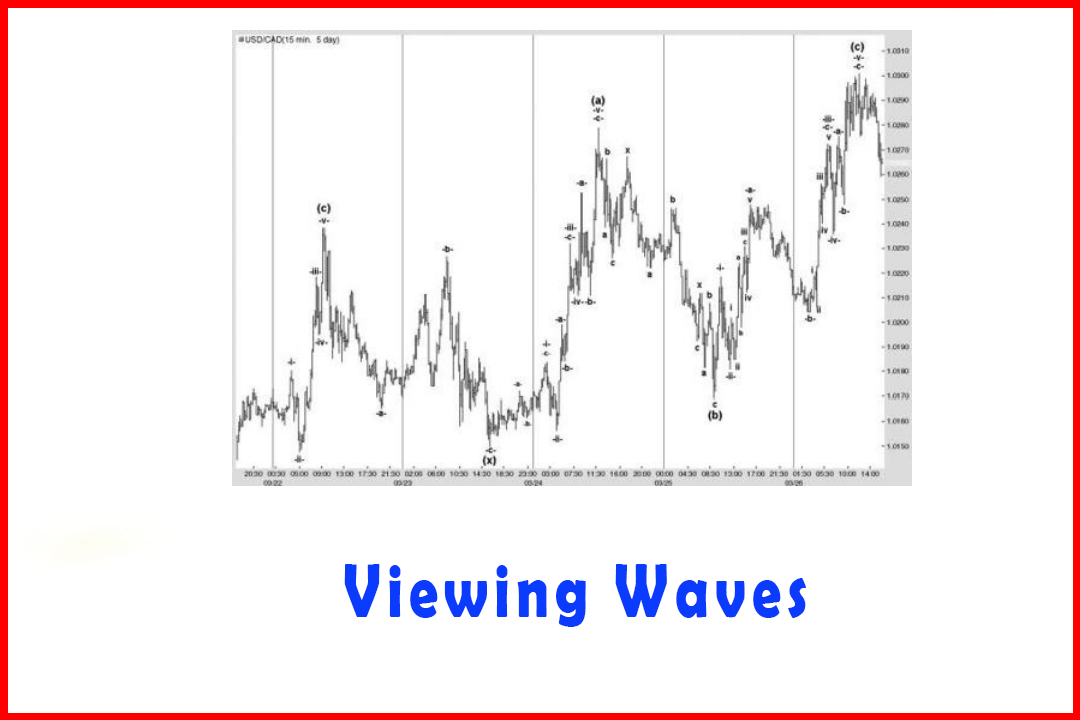Guideline on a Retest of a Wave
Modified Impulsive Wave, Triple Three Trading Strategy
Course: [ Harmonic Elliott Wave : Chapter 3. Impulsive Wave Modification ]
Elliott Wave | Forex |
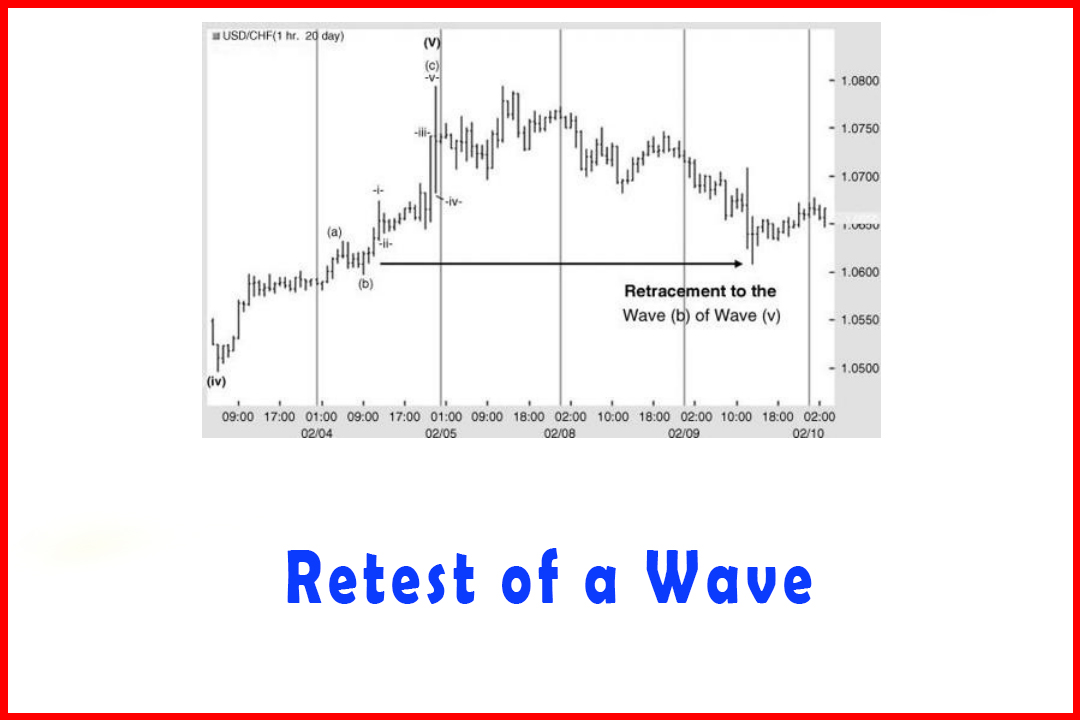
Given that I have discovered that the impulsive waves 1, 3, and 5 actually comprise three waves and not five, this guideline can become a key pivotal forecaster in your analysis.
Guideline on a Retest of a Wave (b) after Completion of a Three-Wave Move
Given
that I have discovered that the impulsive waves 1, 3, and 5 actually comprise
three waves and not five, this guideline can become a key pivotal forecaster in
your analysis. However, I have noticed different reactions after the completion
of each three-wave impulsive wave.
The
retracement after Wave (i) may see the Wave (b) hold and sometimes not. In most
cases it will be retested, but if Wave (ii) is a Triple Three then it will be
quite common for the retracement to be quite deep and beyond the Wave (b).
The
retracement after Wave (iii) will never fully test the Wave (b). Occasionally
it comes close, but will not move particularly close to the extreme. Even after
the completion of Wave (v) and there has been a reversal, it is rare for the
extreme of Wave (b) of Wave (iii) to provide any lasting reaction unless it is
clearly a key swing high/low within the trend.
The
retracement after Wave (v) almost always moves directly to the Wave (b). More
than in any other position this can be relied upon in the vast majority of
cases.
In
the example in Figure 3.25 in the hourly USDCHF market we had a long move
higher that came in three waves, this being the fifth wave of Wave (C). Within
the Wave (v) the rally came in three waves, with Wave (b) just below 1.0600.
After completion of Wave (v), price declined to the span of the Wave (b) and
corrected higher. In fact this pullback reached higher to 1.0719. If we observe
this market in a lower time frame, perhaps the five-minute chart, we should
also be able to spot the Wave -b-of Wave -v-, which should have been the first
target in the retracement.
Figure 3.25 A
Return to the Prior Wave (b) of Wave (v) after the Completion of the Wave (v)

An
example of this type of move is shown in Figure 3.26, which shows the decline
in Wave efc in USDCAD shown in Figure 3.18.
Figure 3.26 A
Return to the Prior Wave -b-and Wave (b) of Wave (v) after the Completion of
the Wave (v)
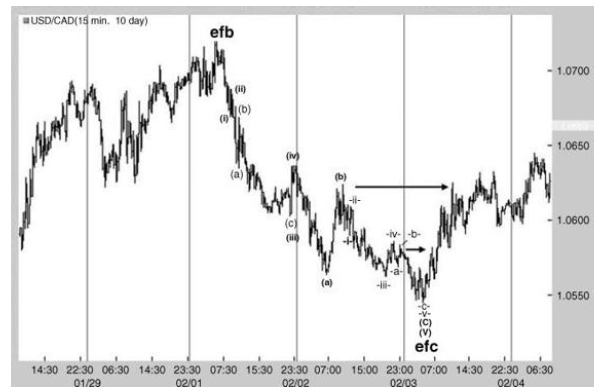
Following
the perfect move lower in five waves it can be seen that price quickly retraced
to the Wave -b-of Wave -v-, corrected lower, and then rallied toward the peak
of Wave (b) of Wave (v). This type of reaction is extremely powerful and occurs
very regularly, and can set up the reversal structure very well.
Harmonic Elliott Wave : Chapter 3. Impulsive Wave Modification : Tag: Elliott Wave, Forex : Modified Impulsive Wave, Triple Three Trading Strategy - Guideline on a Retest of a Wave
Elliott Wave | Forex |
